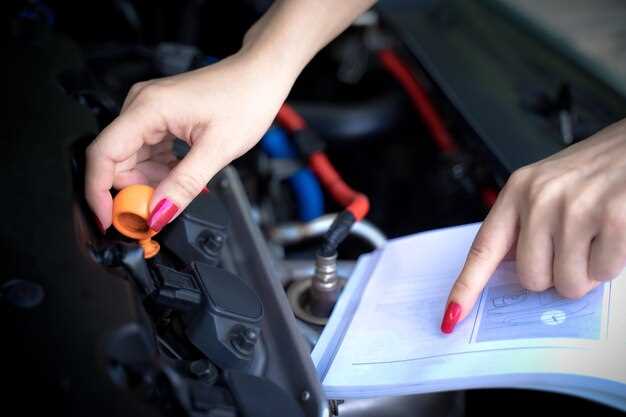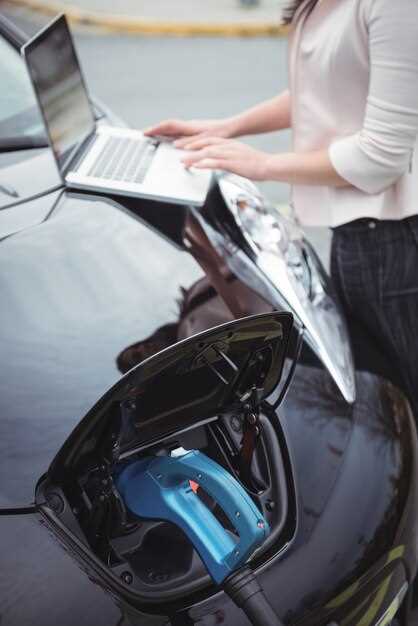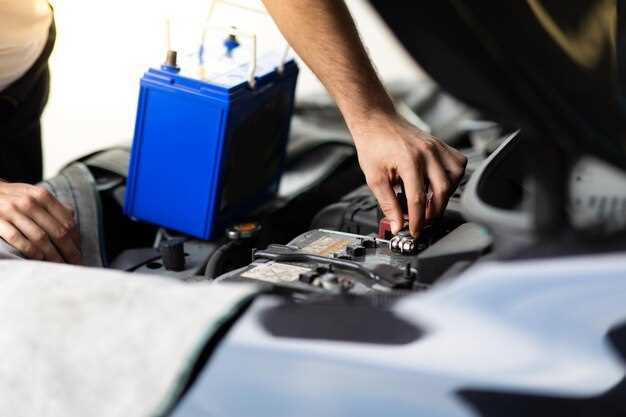
Replacing a car battery is an essential maintenance task that every vehicle owner should be familiar with. A reliable battery ensures your car starts smoothly and operates efficiently. However, ensuring safety during the replacement process cannot be overstated. Improper handling of batteries can lead to serious injuries or damage to your vehicle.
In this article, we will explore safe methods for battery replacement, providing you with step-by-step instructions to ensure the process is both efficient and safe. Understanding the intricacies of a battery replacement not only enhances your vehicle’s performance but also reduces risks associated with electrical components.
From selecting the right tools to understanding the precautions necessary for handling a car battery, we will cover all aspects that contribute to a smooth and safe replacement. Stay tuned as we delve into the best practices that every car owner should follow to maintain safety during their car battery replacement endeavors.
Choosing the Right Battery for Your Vehicle
Selecting the correct replacement battery for your vehicle is crucial for optimal performance and longevity. Here are some essential tips to consider when making your choice.
First, consult your vehicle’s owner manual for specifications. It provides information on the battery type, group size, and specifications necessary for your make and model. Ensuring compatibility is paramount to avoid potential issues.
Next, consider the battery type that suits your driving needs. For example, lead-acid batteries are common and affordable, while AGM (Absorbent Glass Mat) batteries offer enhanced durability and performance, especially in extreme weather conditions.
Pay attention to the battery‘s Cold Cranking Amps (CCA) rating. This rating indicates the battery’s ability to start an engine in cold temperatures. Higher CCA ratings are preferable if you live in colder regions, ensuring reliable starts.
Additionally, consider the Reserve Capacity (RC) of the battery. This indicates how long the battery can keep the electrical systems running if the alternator fails. A higher RC can provide peace of mind during unexpected situations.
Finally, always choose a reputable brand known for quality and reliability. Investing in a well-reviewed battery can save you from frequent replacements and potential roadside issues.
Step-by-Step Guide to Disconnecting and Installing a New Battery

Before beginning, ensure you have all necessary tools: a wrench or socket set, safety gloves, and eye protection. Safety is paramount when working with car batteries.
1. Preparation: Park the vehicle on a flat surface and engage the parking brake. Turn off the engine and remove the keys from the ignition.
2. Locating the Battery: Open the hood and locate the battery. Identify the positive (+) and negative (-) terminals, usually marked with red and black colors respectively.
3. Disconnecting the Negative Terminal: Start by loosening the negative terminal using the wrench. Always disconnect the negative side first to reduce electrical risks. Carefully lift the cable off the terminal and set it aside, ensuring it does not touch any metal surfaces.
4. Disconnecting the Positive Terminal: Next, use the wrench to loosen the positive terminal. Once loose, gently lift it off as you did with the negative terminal. Avoid contact between your tools and any metal surfaces during this step for safety.
5. Removing the Old Battery: Check if there are any brackets securing the battery in place. If present, remove them using the appropriate tools. Carefully lift the battery out of the vehicle, keeping it upright to prevent any leakage.
6. Positioning the New Battery: Place the new battery in the same position as the old one. Ensure that the terminals match and that the battery is secured properly to prevent movement.
7. Connecting the Positive Terminal: Start by connecting the positive terminal first. Slide it onto the positive terminal of the battery and tighten it securely with the wrench.
8. Connecting the Negative Terminal: Next, connect the negative terminal in the same manner. Ensure it is also tightly secured to avoid any accidental disconnection.
9. Final Checks: Before closing the hood, double-check the connections to ensure they are secure. Look over the area to ensure no tools are left inside the engine bay.
10. Testing: Start the vehicle to ensure the new battery is functioning correctly. If the car starts smoothly, the battery installation is successful. If there are any issues, review the connections for any loose cables.
Following these steps and safety tips will help ensure a smooth battery replacement process. Always handle the battery with care to avoid any hazards.
Important Safety Precautions During Battery Replacement

When replacing your car battery, adhering to safety tips is essential to prevent accidents and injuries. First, always wear protective goggles and gloves to shield your eyes and skin from explosive gases and battery acid. This is crucial as car batteries contain corrosive materials that can be harmful upon contact.
Additionally, ensure you are working in a well-ventilated area. Batteries can emit hydrogen gas, which is flammable. By providing adequate airflow, you minimize the risk of ignition. Avoid creating sparks near the battery and keep all metal tools away from the battery terminals to prevent short circuits.
Before starting the replacement, disconnect the negative terminal first to avoid electrical shock. Once disconnected, proceed to remove the positive terminal. This order reduces the risk of creating a short circuit if your tool accidentally touches any metal part of the car while you are working on the positive terminal.
It is also important to inspect the battery and surrounding components for any damage or leaks before replacement. If you notice any severe corrosion or signs of wear, it may be wise to consult a professional for assistance instead of attempting to replace the battery yourself.
Lastly, ensure that you dispose of the old battery properly. Many auto parts stores and recycling centers offer safe disposal services. This not only protects the environment but also prevents hazardous materials from leaking into the ecosystem.

